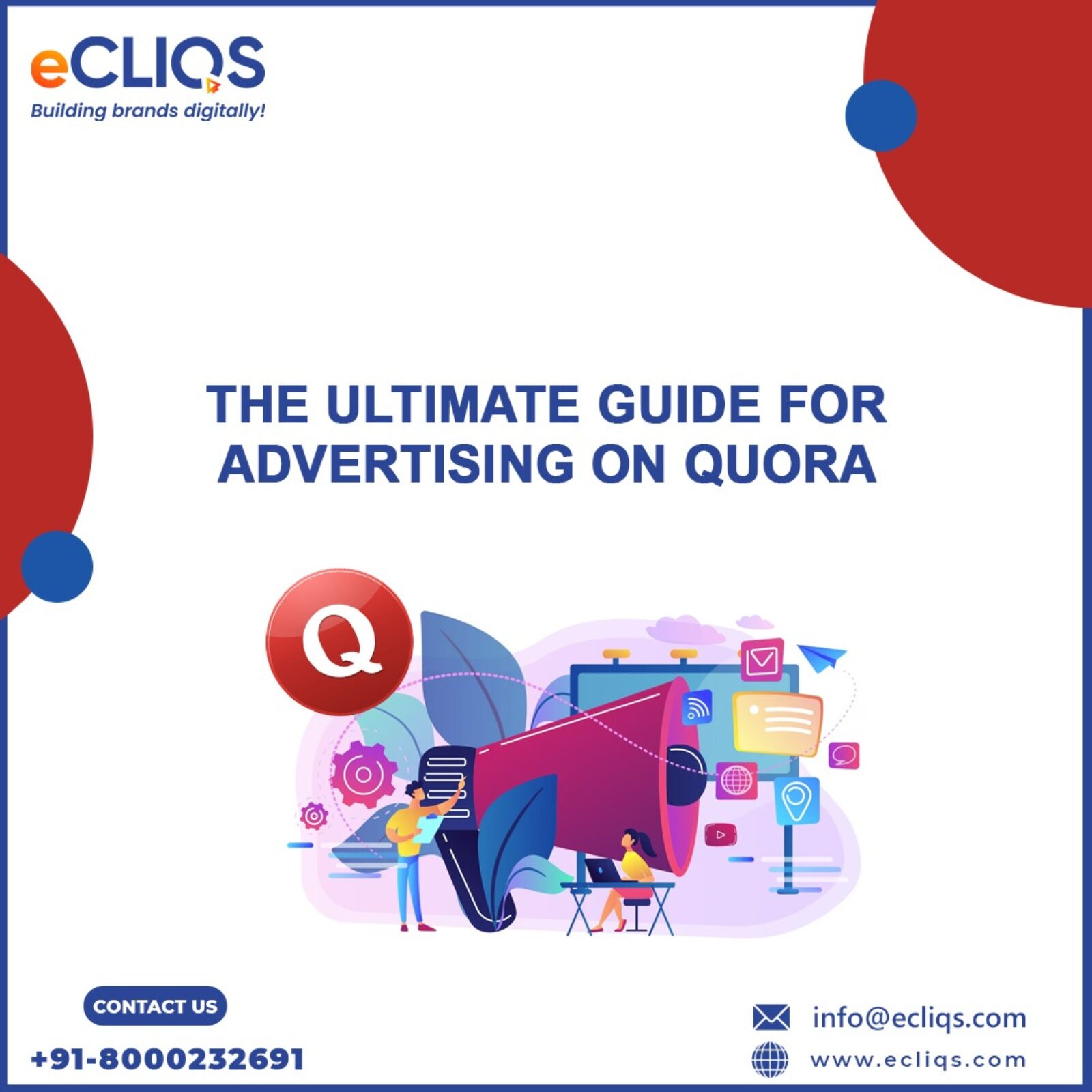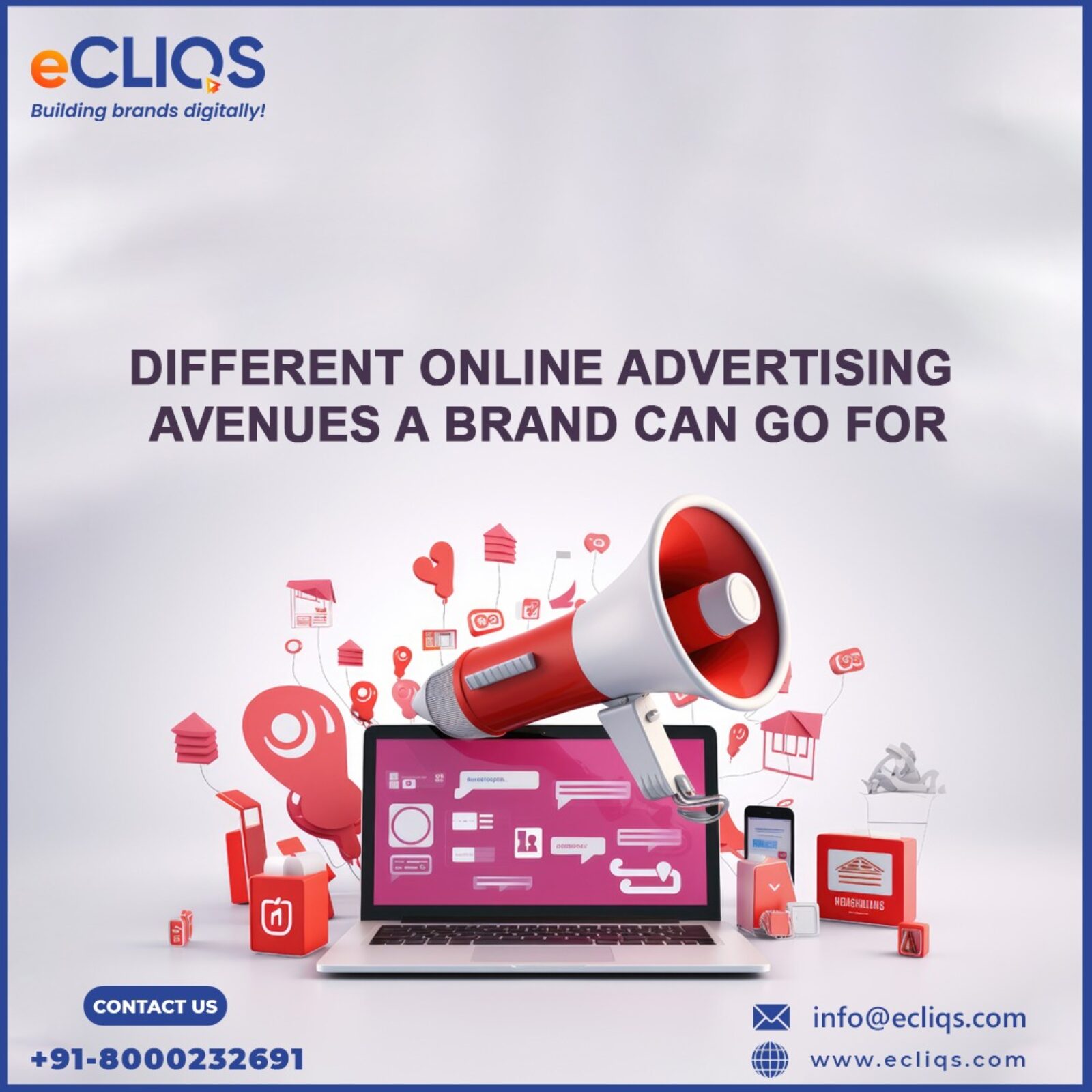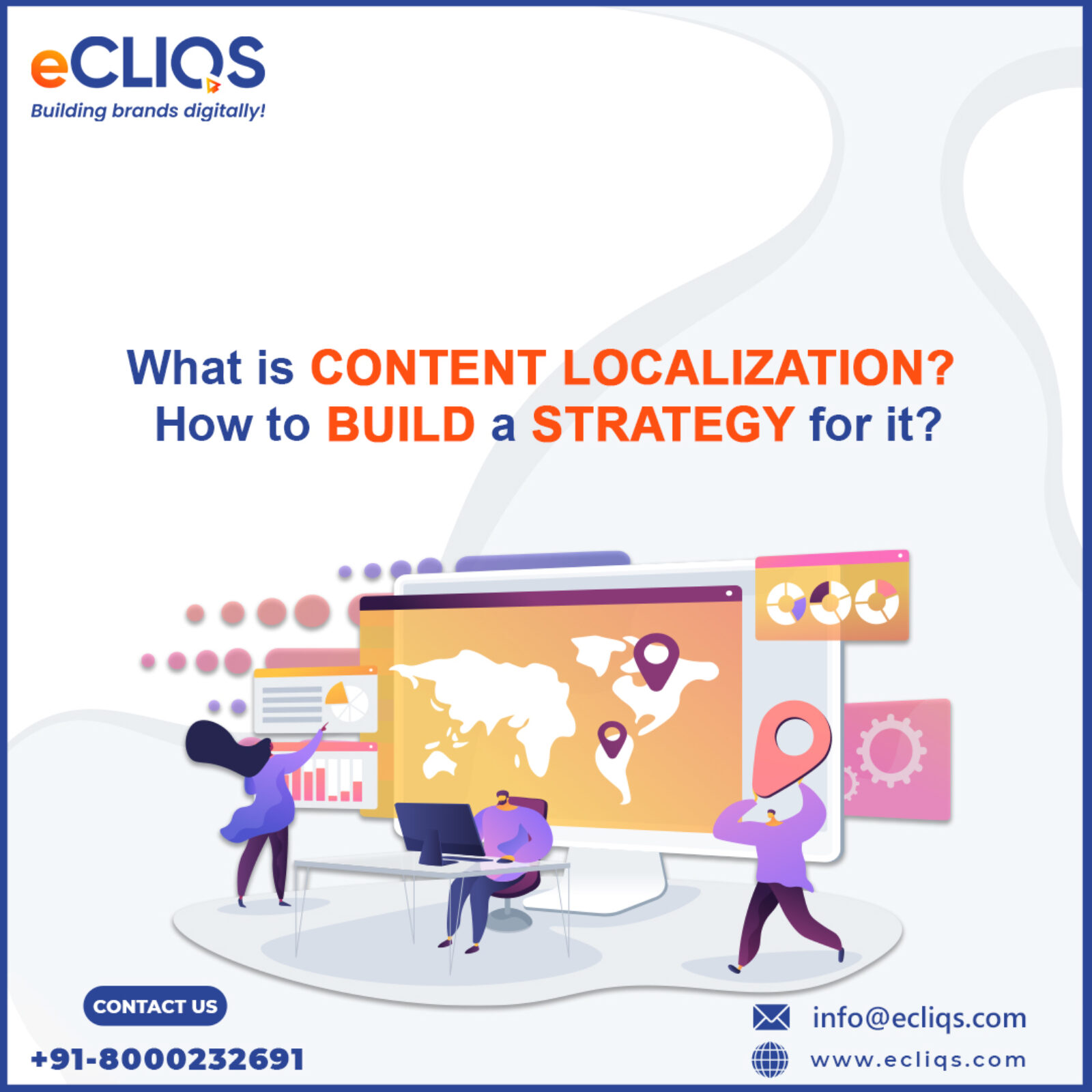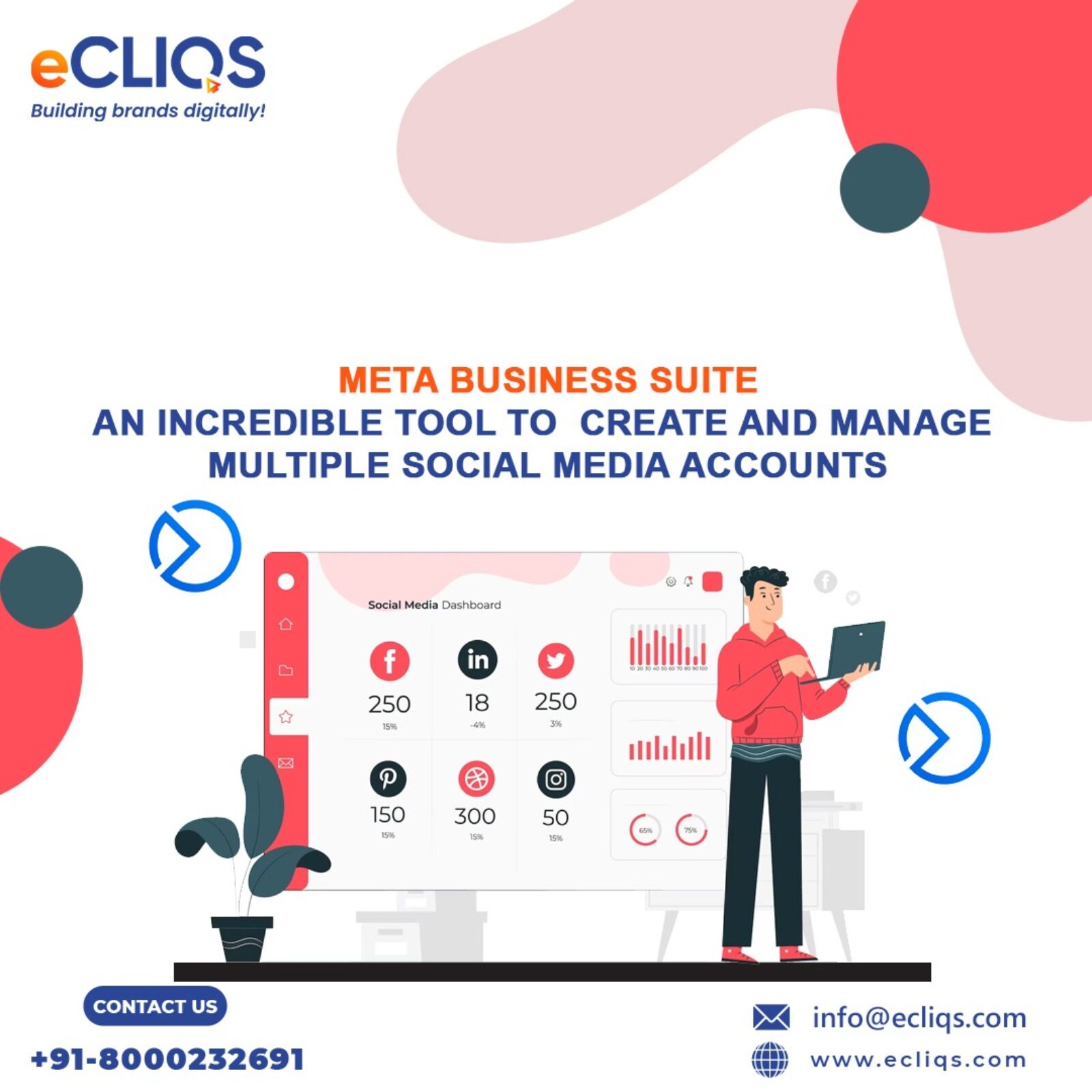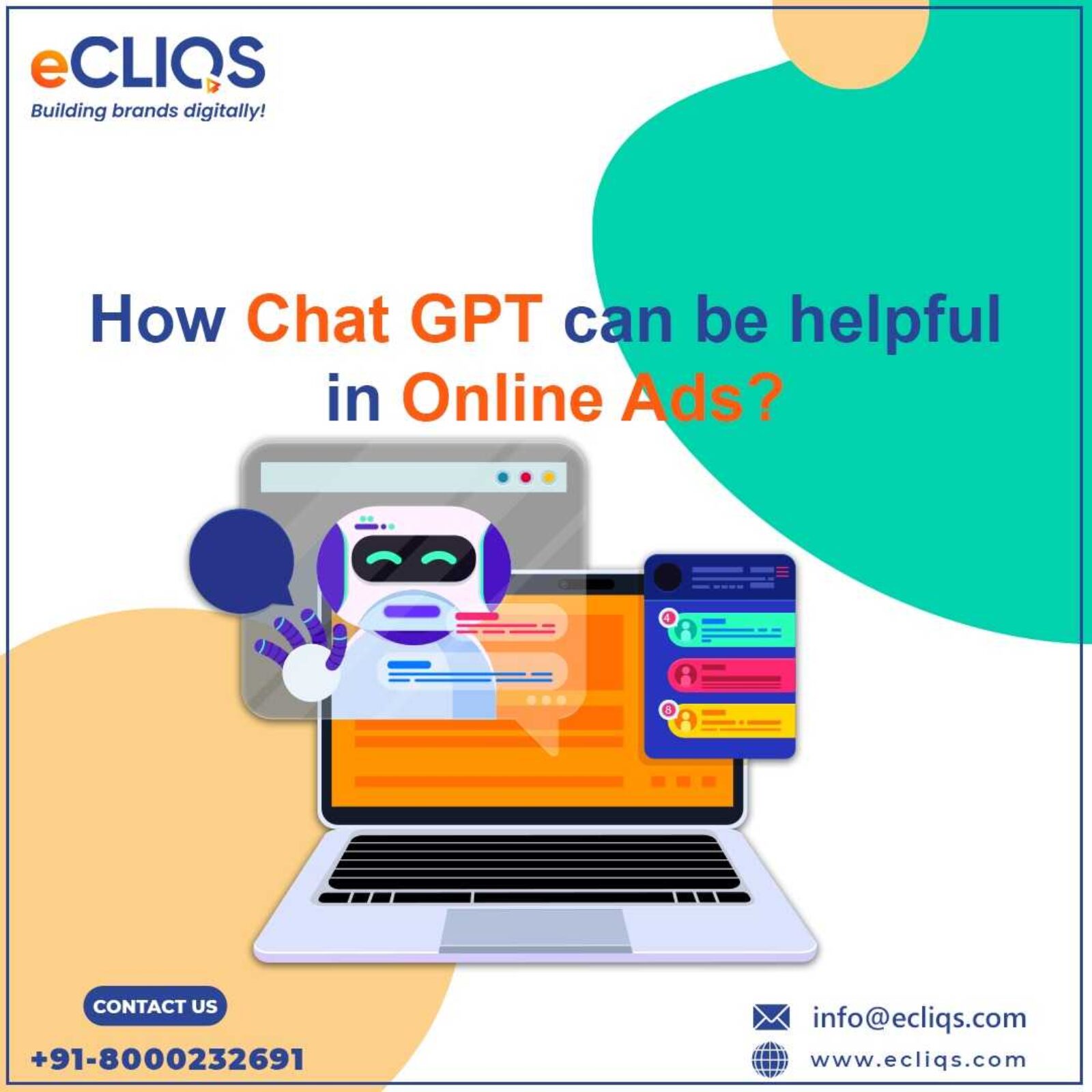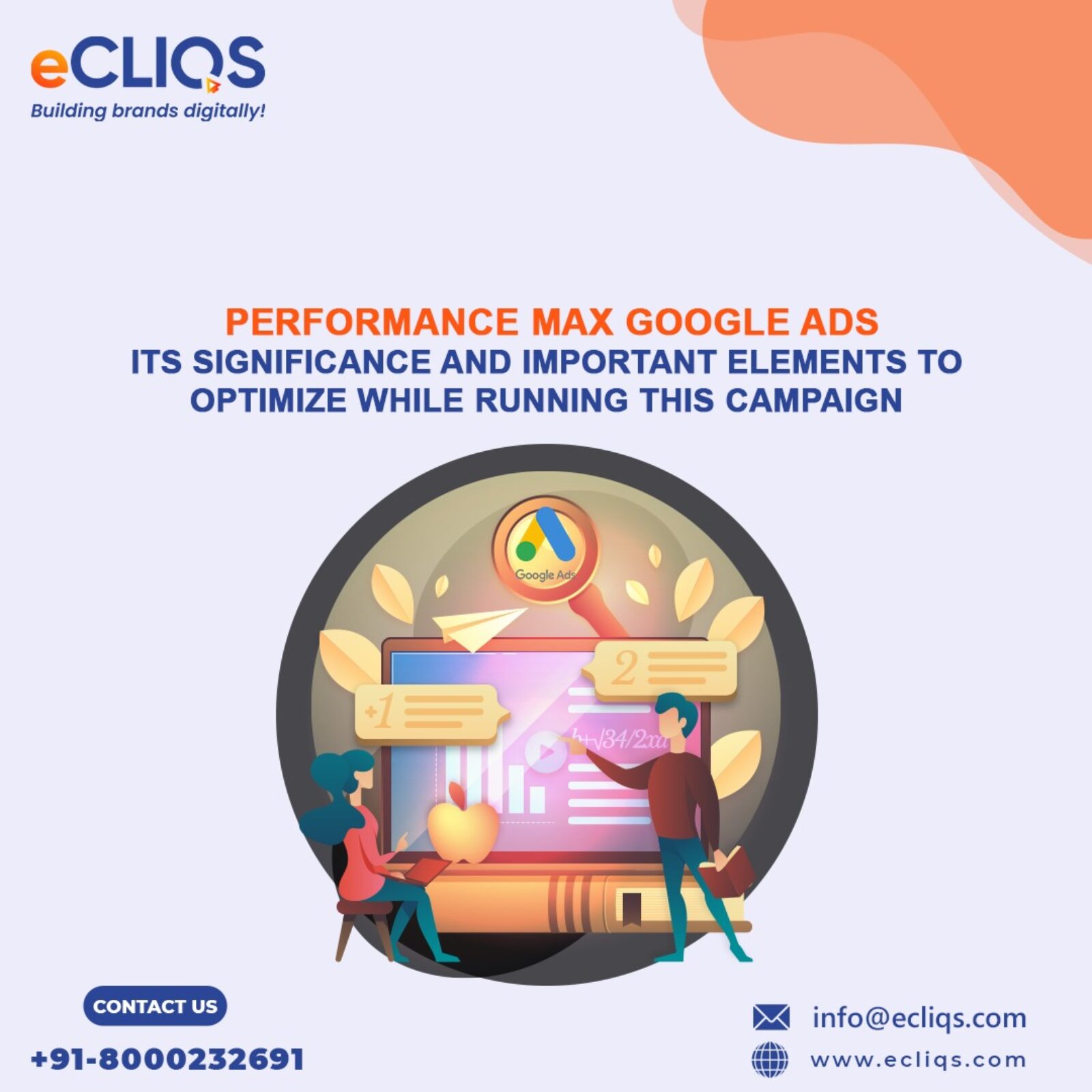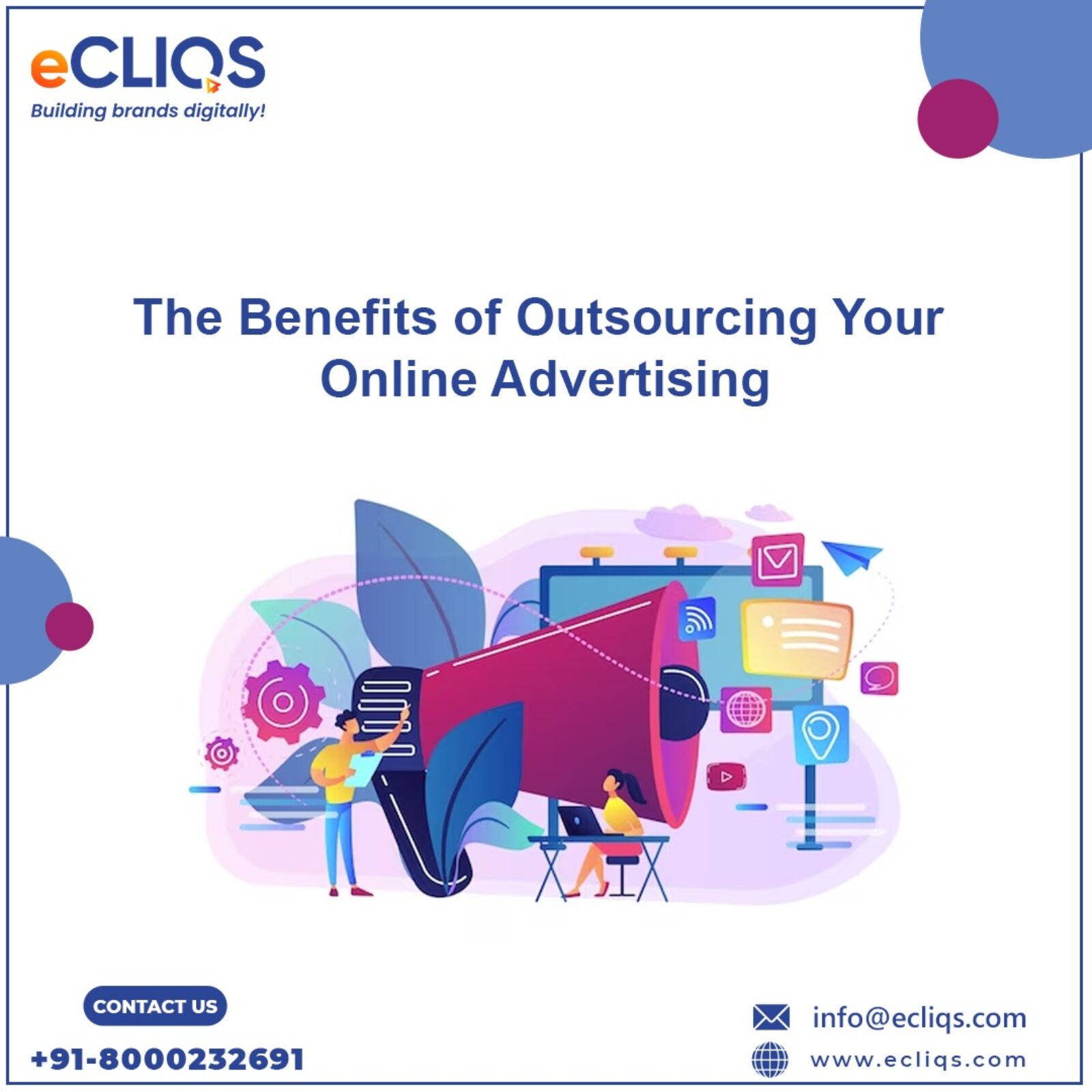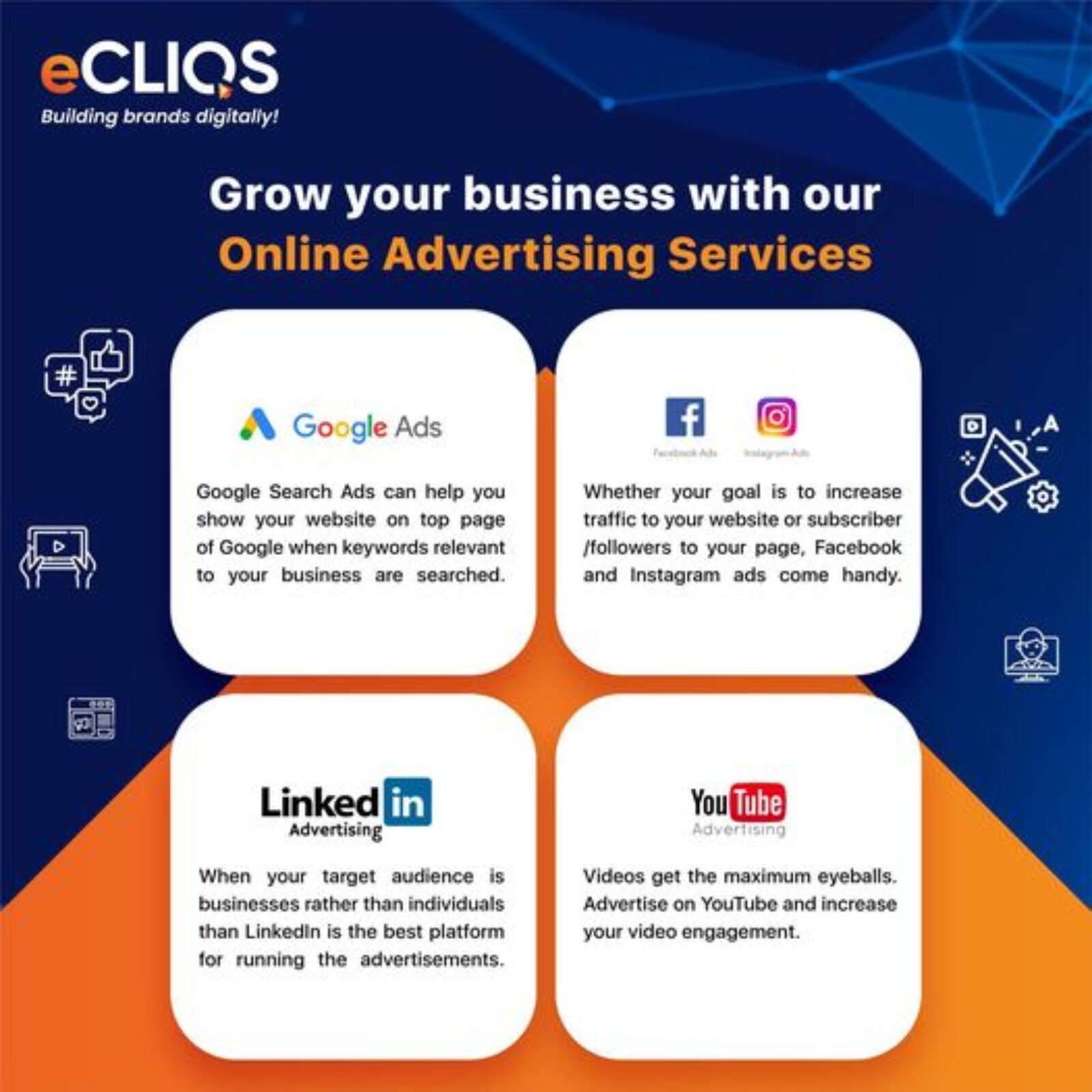The Ultimate Guide For Advertising on Quora
Every day, millions of people come to Quora to ask questions and to read and share insightful answers and or experiences they have had in the past. This includes people looking for reliable information about your company, products, services, competitions, and industry. With...
Different online advertising avenues a brand can go for
Marketers and advertisers increasingly employ Internet advertisements to promote their brands to both present and potential customers. Unlike traditional marketing, which targets local demographics, online advertisements allow brands to promote their services to worldwide...
A/B Testing of Landing Pages for Better Online Ads Results
When marketers develop landing sites, write email copy, or design call-to-action buttons, it’s easy to use our instincts to forecast what will compel consumers to click and connect. However, conducting A/B testing is far superior to making marketing decisions based on a...
B2B Facebook Targeting: Best Practices for Reaching Your B2B Audience
When you think about business-to-business (B2B) advertising on social media, your first thinking probably goes to LinkedIn — and that’s not wrong! Not necessarily. While LinkedIn is often regarded as the pinnacle of B2B advertising and targeting, there is another social...
What Is Content Localization? How To Build a Strategy for it?
Did you know that only about 25% of the world’s population can speak and read English? This means there are many untouched markets around the world. Localization is the process of adjusting your brand’s content (such as websites or apps) for a foreign audience....
Meta Business Suite – An Incredible Tool to create and manage multiple social media accounts?
Meta Business Manager is critical for controlling your company’s presence in Meta technology. You can delegate management of your Facebook Page, Instagram Account, Meta Ads Account, and other accounts using the Meta Business Manager.
In this article, you’ll...
How Chat GPT helps in Online Ads?
Online advertising is a competitive and dynamic industry that necessitates ongoing optimization and innovation. If you want to get the most out of your online advertising, you should leverage the use of Chat GPT. It can help you streamline your online advertising campaigns by...
Performance Max Google Ads – Its significance and important elements to optimize while running this campaign
What is Performance Max?The Performance Max is a new sort of automated Google advertising campaign that employs Artificial Intelligence to display responsive advertising across the major networks: Search, Display, YouTube, Gmail, Discover, and so on.To begin with these...
The Benefits of Outsourcing Your Online Advertising: Why Working with a Digital Marketing Agency Makes Sense?
A digital marketing agency employs an experienced staff to manage all of your internet marketing needs from a single location, allowing you to concentrate your efforts on running and developing your business. That is only one reason to work with a digital marketing agency.But...
Everything You Need to Know About Online Advertising
Online advertising, internet advertising, digital advertising- regardless of how you refer it as,has completely changed how businesses market themselves. Online advertising involves the use of online platforms in order to reach its audience and market the...

